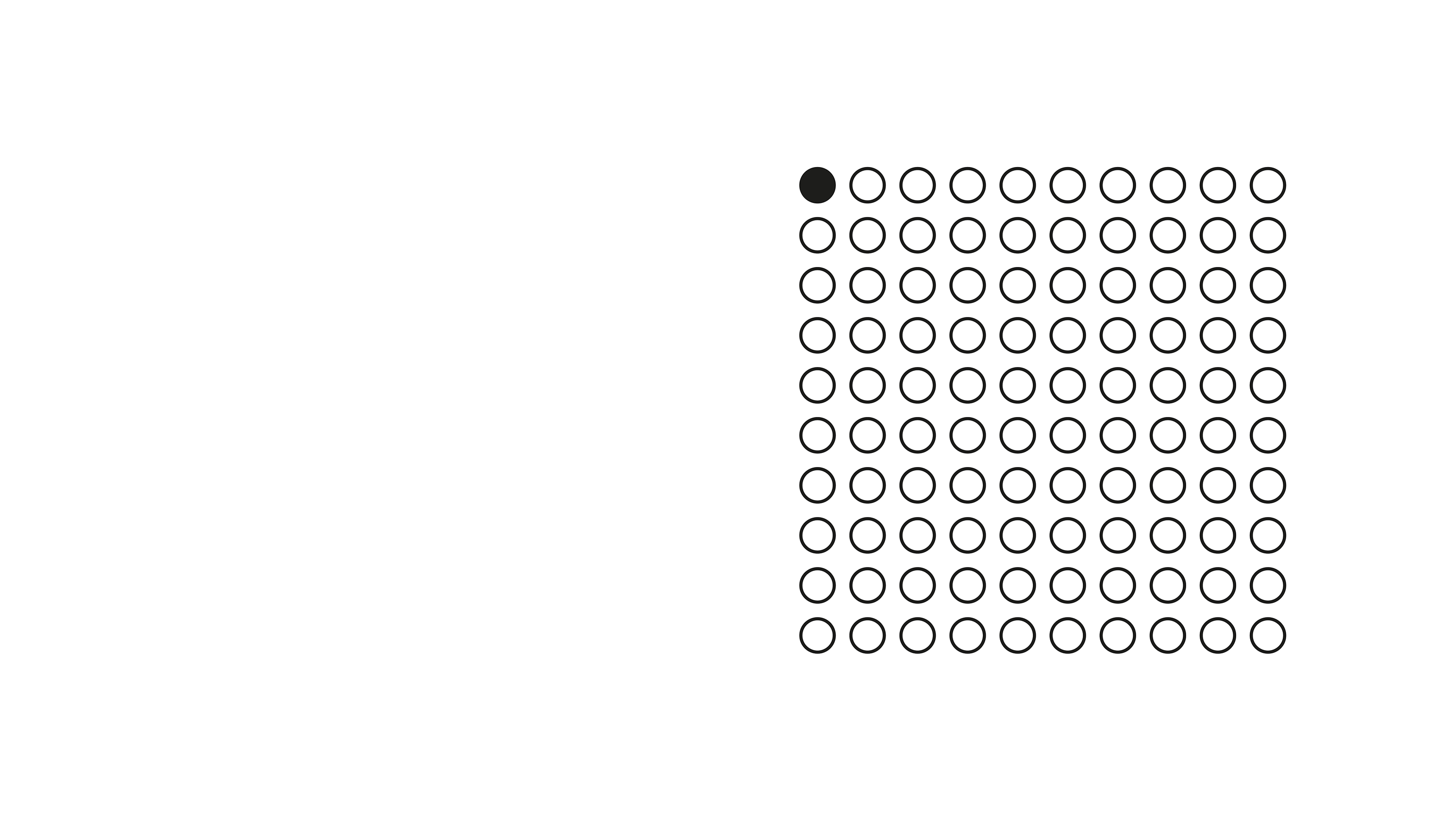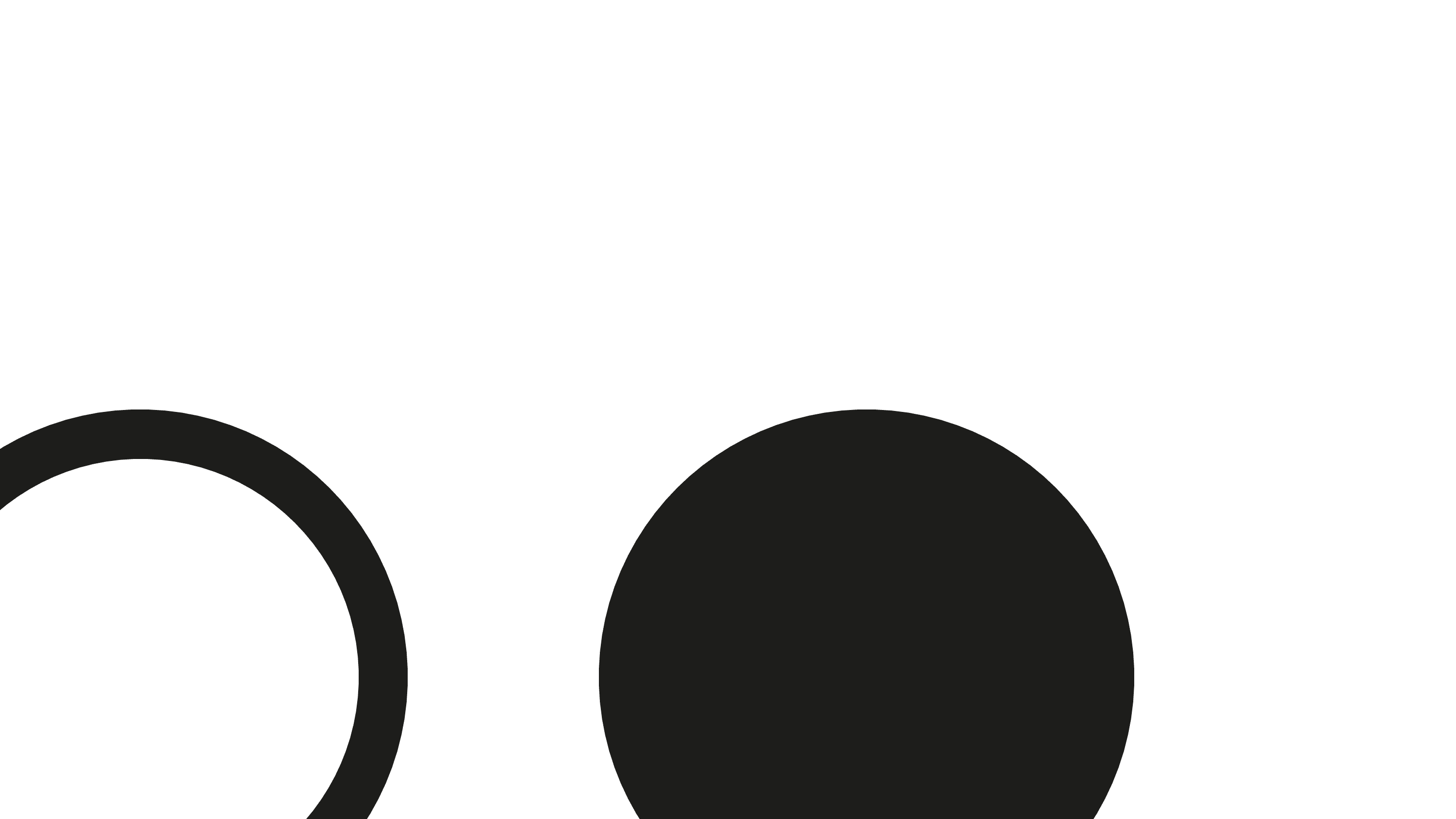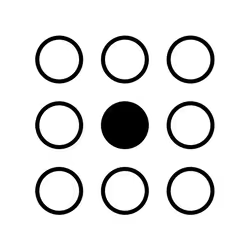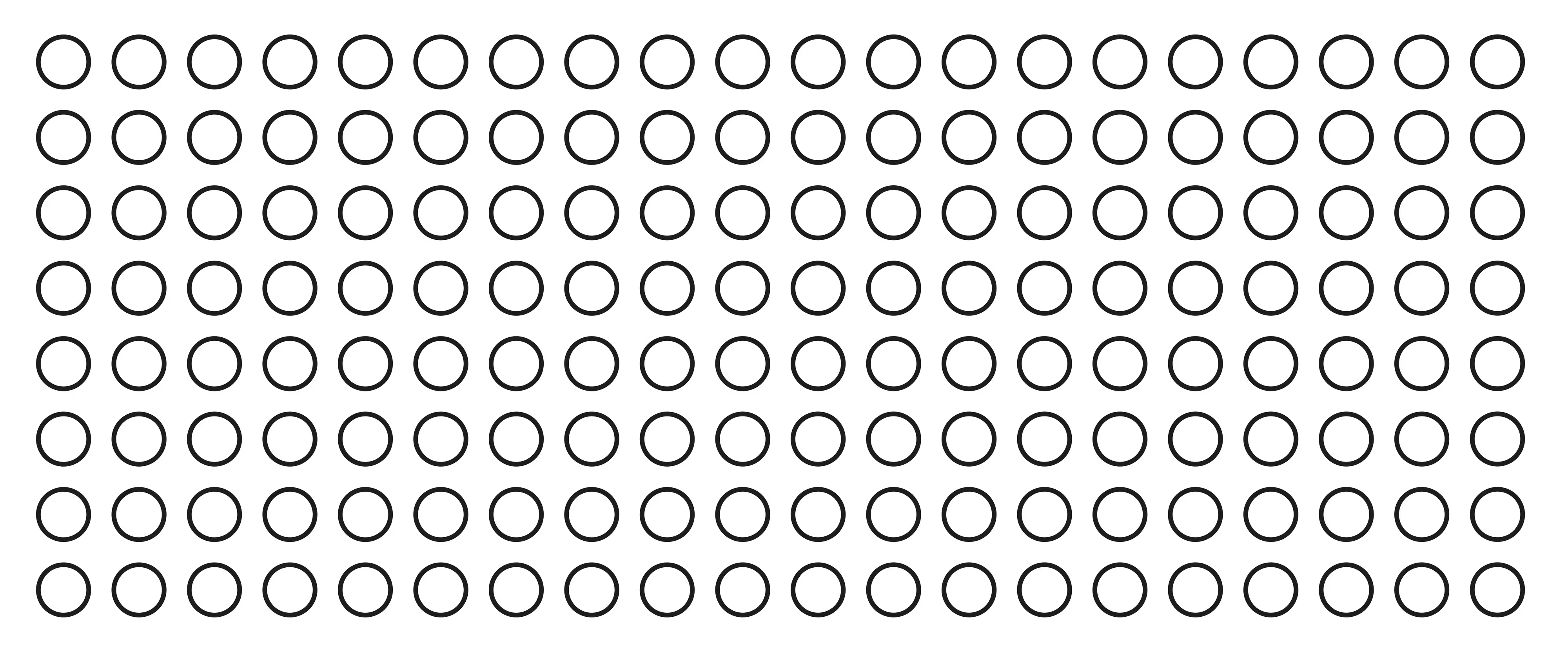
The natural numbers from 1 to 100 constitute the basis for most of our mathematical and logical understanding since the very first years of our lives.
We learn to navigate the world through this simple set of tools, sufficiently applicable to essential concepts like years of a human life, which rarely exceeds ten decades. The price of most basic consumer goods in the world's major currencies is in the single or double-digit range, as well as the most popular favourite numbers. Due to the intuitive nature of using this range of numbers, we humans also frequently use tools such as percentage as a unit of measurement. And if we look further, we realise that most quantities of things we interact with on a daily basis can be counted with the same range of numbers.
Once we have figured out systems to know our way around ten times ten, we are well equipped to start exploring other mathematical dimensions.

The natural numbers from 1 to 100 constitute the basis for most of our mathematical and logical understanding since the very first years of our lives.
We learn to navigate the world through this simple set of tools, sufficiently applicable to essential concepts like years of a human life, which rarely exceeds ten decades. The price of most basic consumer goods in the world's major currencies is in the single or double-digit range, as well as the most popular favourite numbers. Due to the intuitive nature of using this range of numbers, we humans also frequently use tools such as percentage as a unit of measurement. And if we look further, we realise that most quantities of things we interact with on a daily basis can be counted with the same range of numbers.
Once we have figured out systems to know our way around ten times ten, we are well equipped to start exploring other mathematical dimensions.

The pieces of this collection feature a matrix of One_Hundred black hectogon outlines arranged in a square of ten by ten on white background. In each piece, a different hectogon is filled in, marking the position on the matrix of the natural number that inspired its name, if counted from the top left.
The pieces seek to explore the polyfacetted spectral interconnection of human perception and cognitive logic visualisation, as well as personal identity, in an abstract numerical space. The hectogons appear nearly indistiguishable from circles, thus disguising their true angular nature from the human eye and creating an illusion of curvature, which emphasizes the interdimensional fluidity and relativity of any state of being, as well as human perception. Having One_Hundred sides, each of the hectogons immediately relate to the structure they compose collectively, individually holding a numerical quality equal to that of the ensemble they are a part of, which in turn represents the presence of the whole in each element. The filled-in shape constitutes a singularity of completeness in a collectivity of incompleteness, an anomaly lost in sameness, a center to align to, an identity amidst innominateness.

The pieces of this collection feature a matrix of One_Hundred black hectogon outlines arranged in a square of ten by ten on white background. In each piece, a different hectogon is filled in, marking the position on the matrix of the natural number that inspired its name, if counted from the top left.
The pieces seek to explore the polyfacetted spectral interconnection of human perception and cognitive logic visualisation, as well as personal identity, in an abstract numerical space. The hectogons appear nearly indistiguishable from circles, thus disguising their true angular nature from the human eye and creating an illusion of curvature, which emphasizes the interdimensional fluidity and relativity of any state of being, as well as human perception. Having One_Hundred sides, each of the hectogons immediately relate to the structure they compose collectively, individually holding a numerical quality equal to that of the ensemble they are a part of, which in turn represents the presence of the whole in each element. The filled-in shape constitutes a singularity of completeness in a collectivity of incompleteness, an anomaly lost in sameness, a center to align to, an identity amidst innominateness.

The_One is a human and a Europe-based conceptual artist. With his pieces and collections, he explores emotive and logical cognitive spaces.
The_One is a human and a Europe-based conceptual artist. With his pieces and collections, he explores emotive and logical cognitive spaces.

